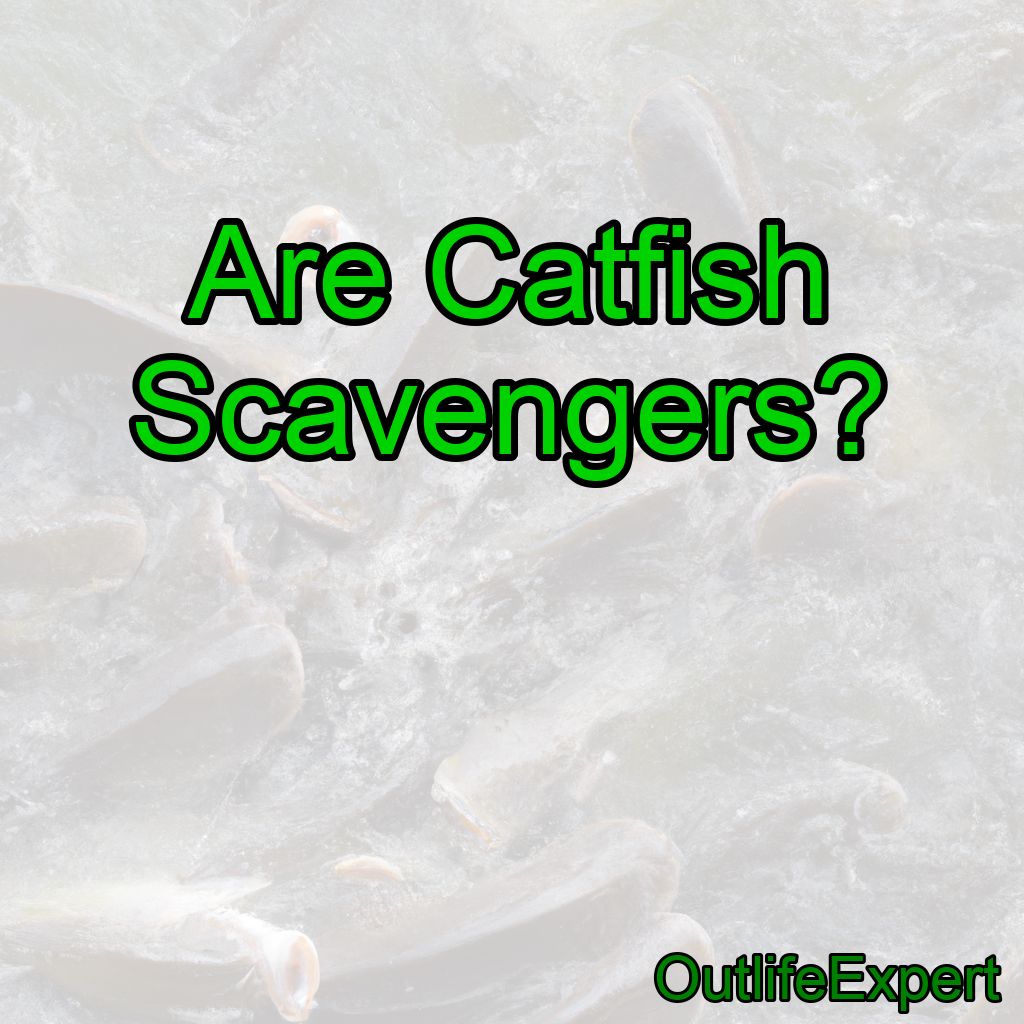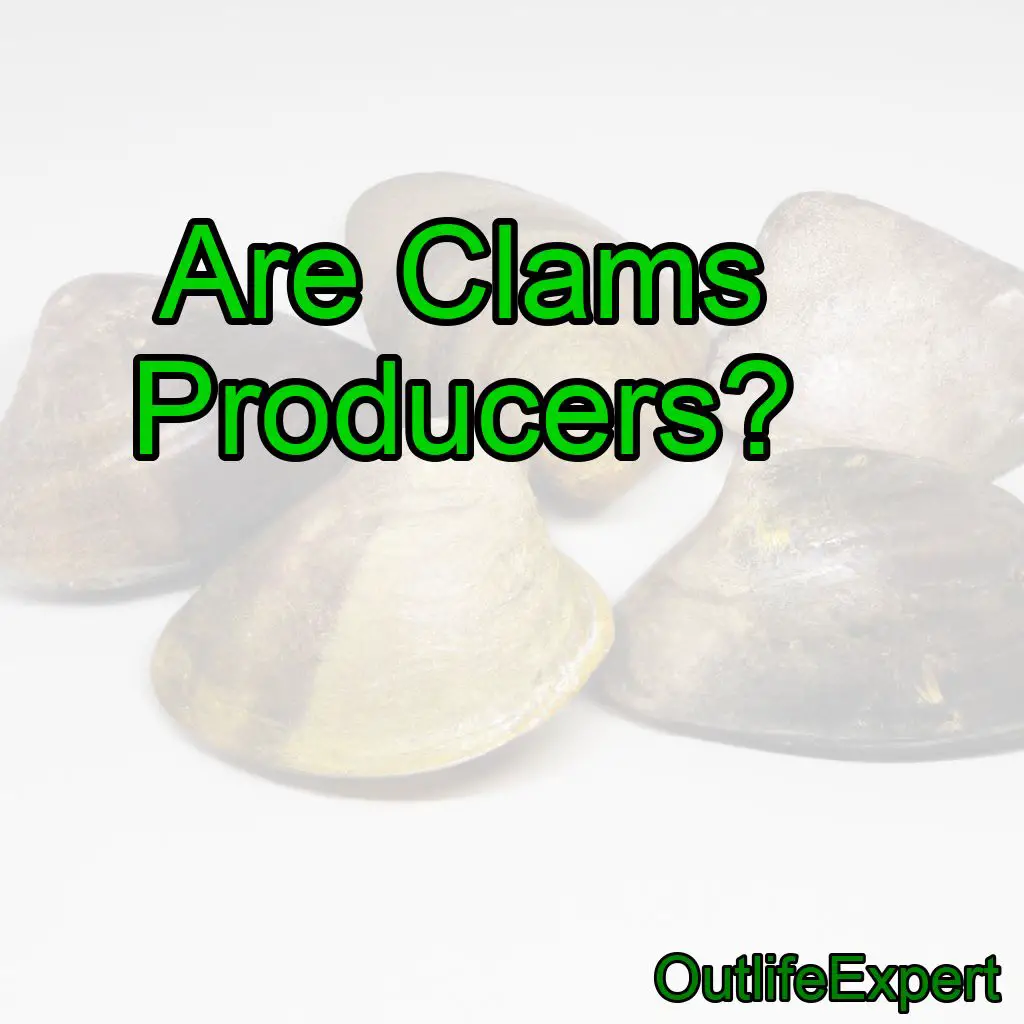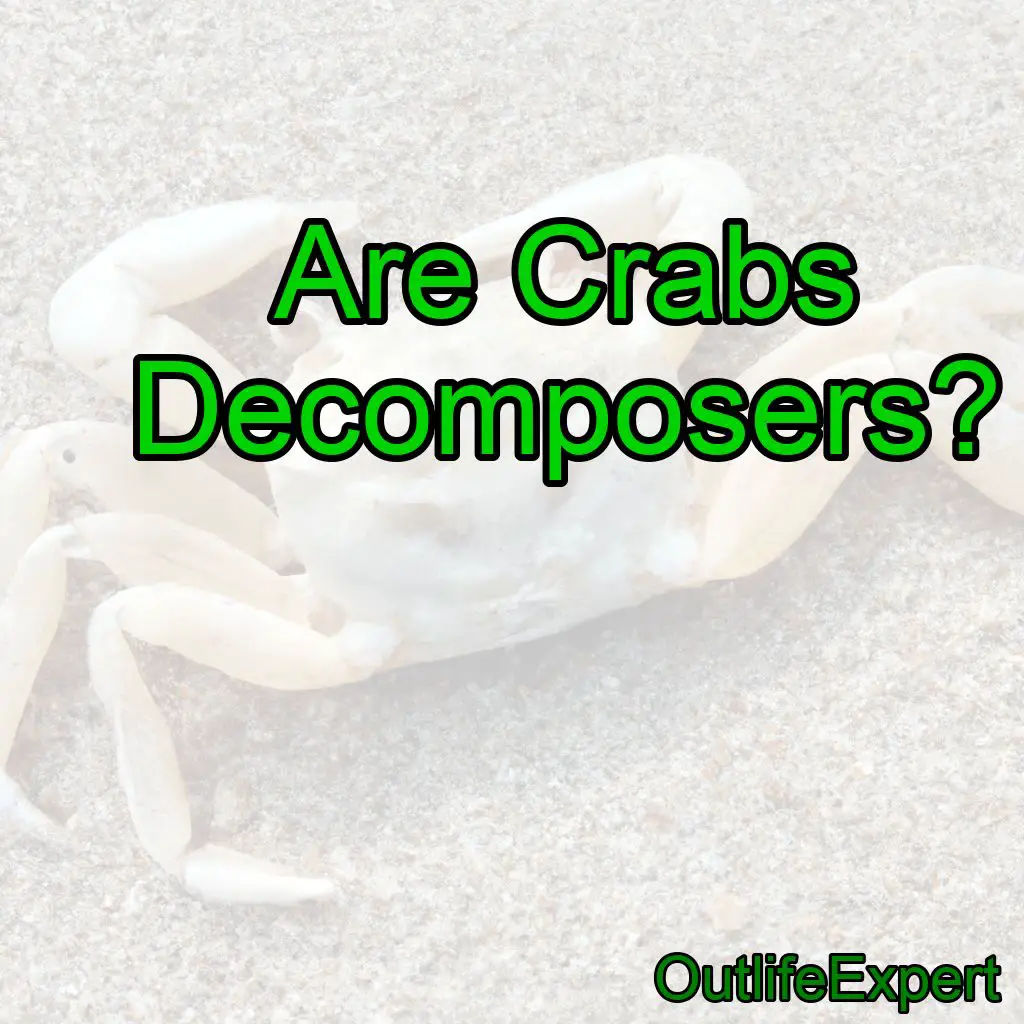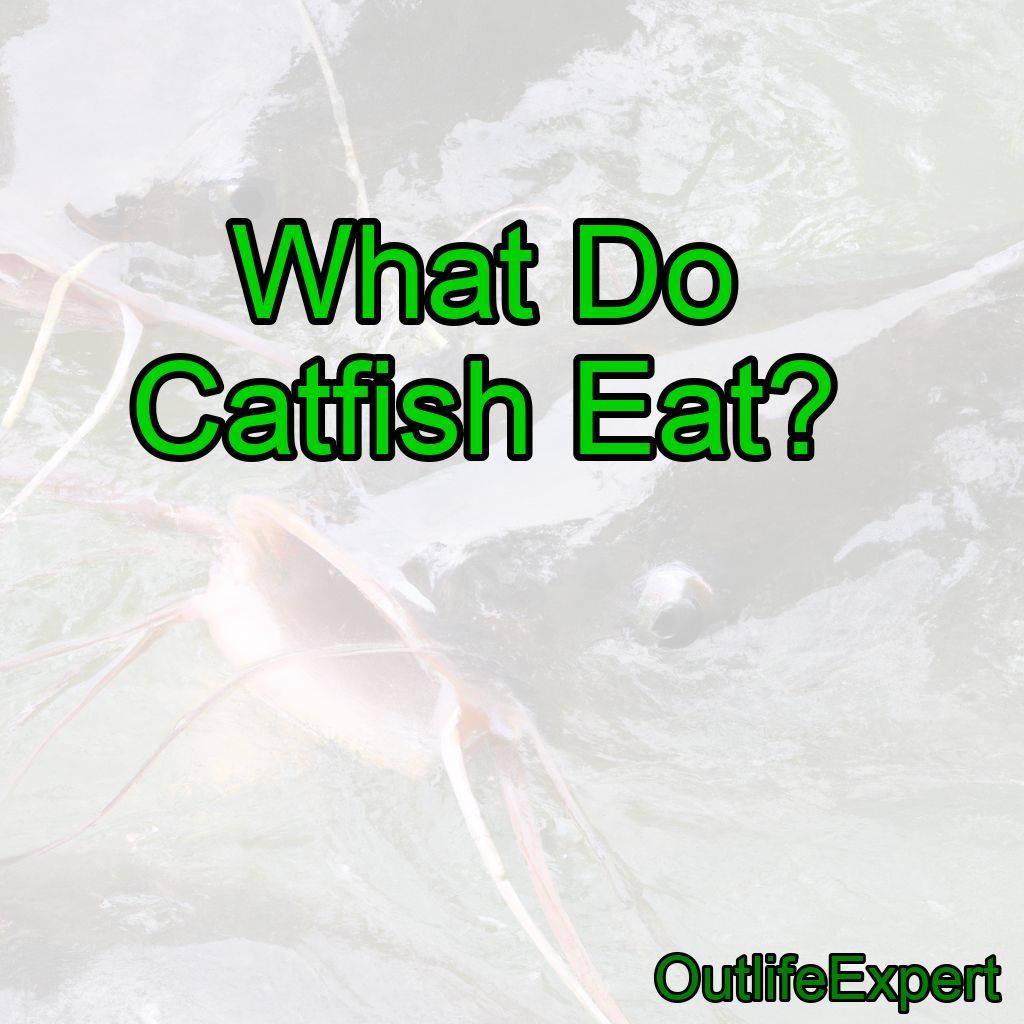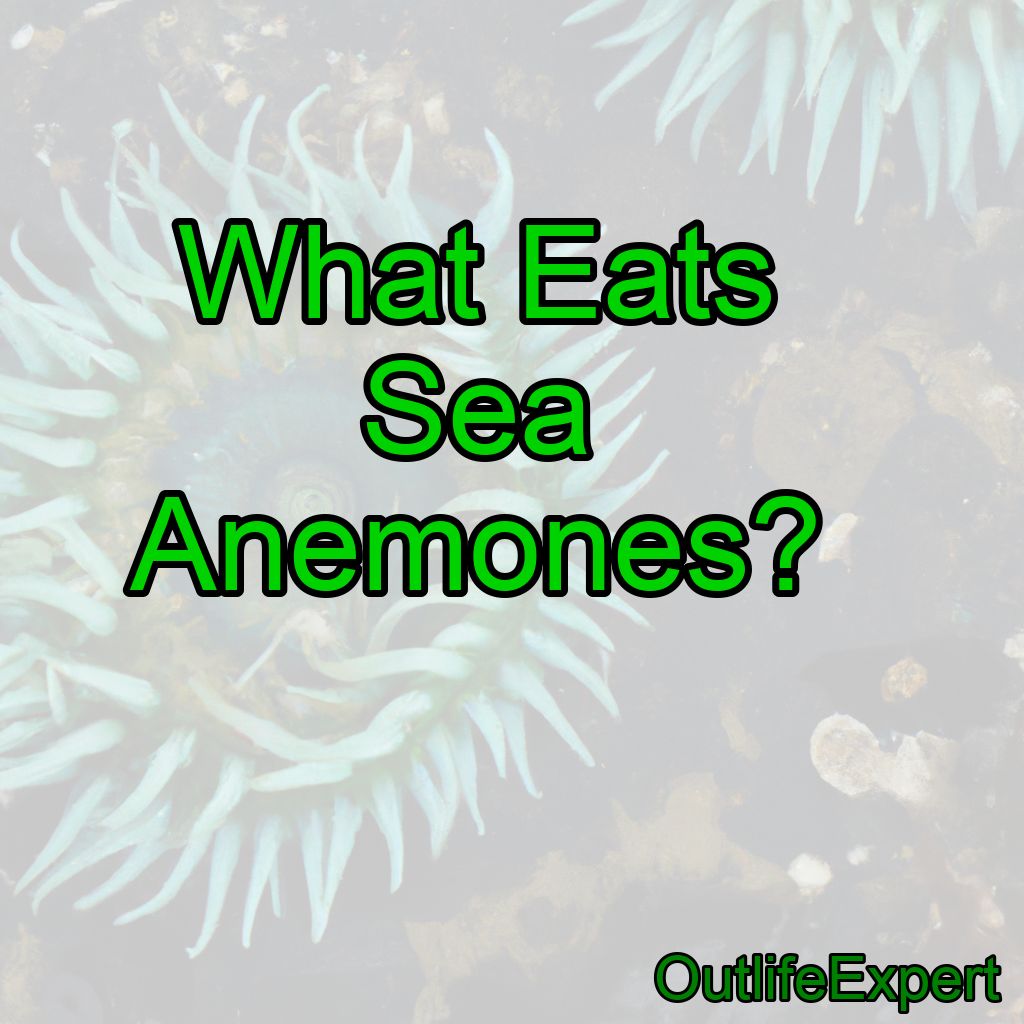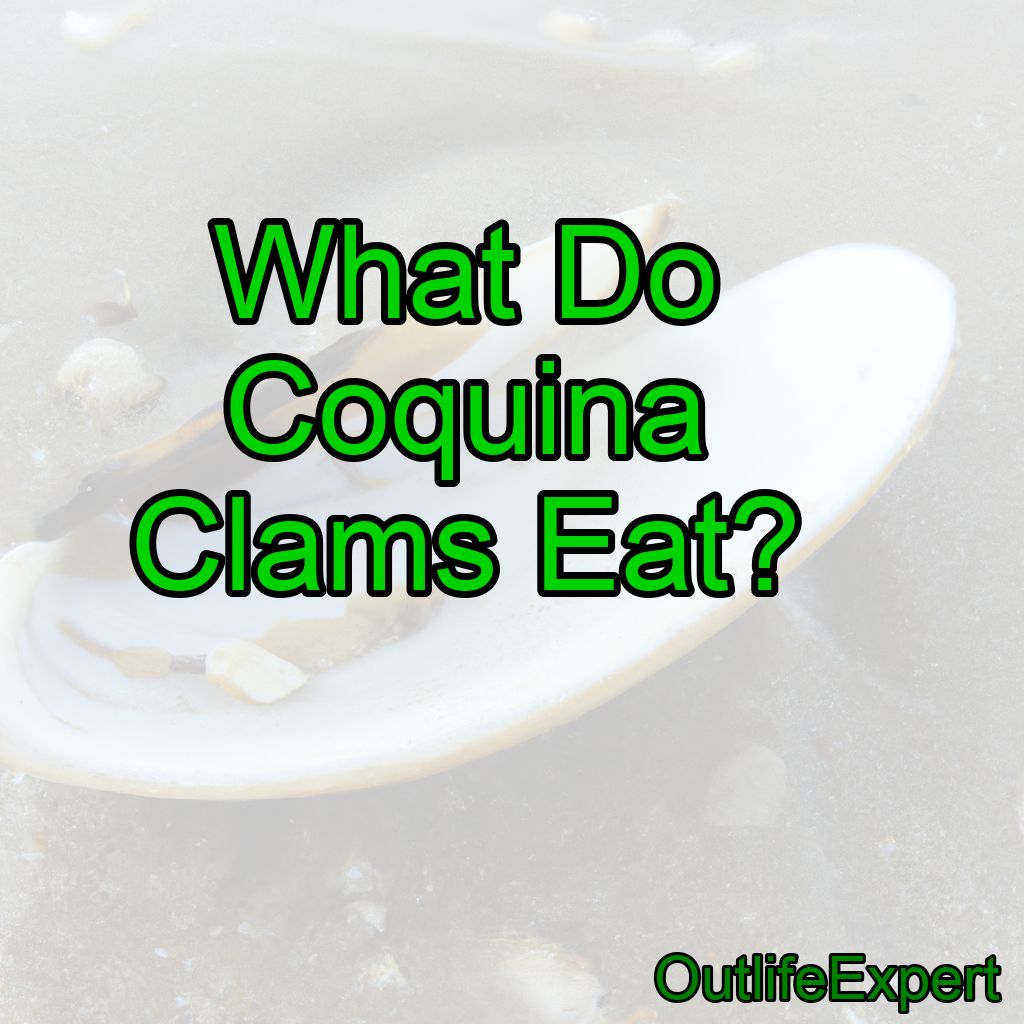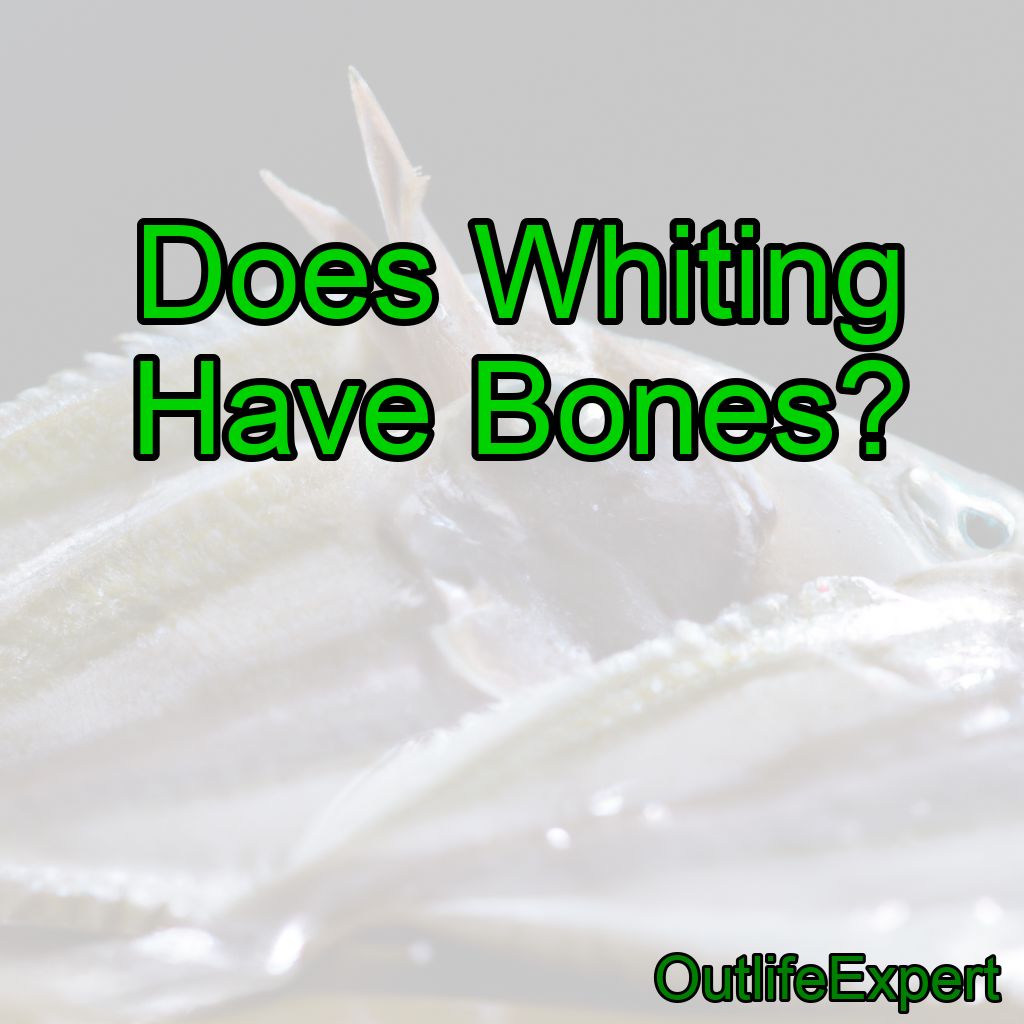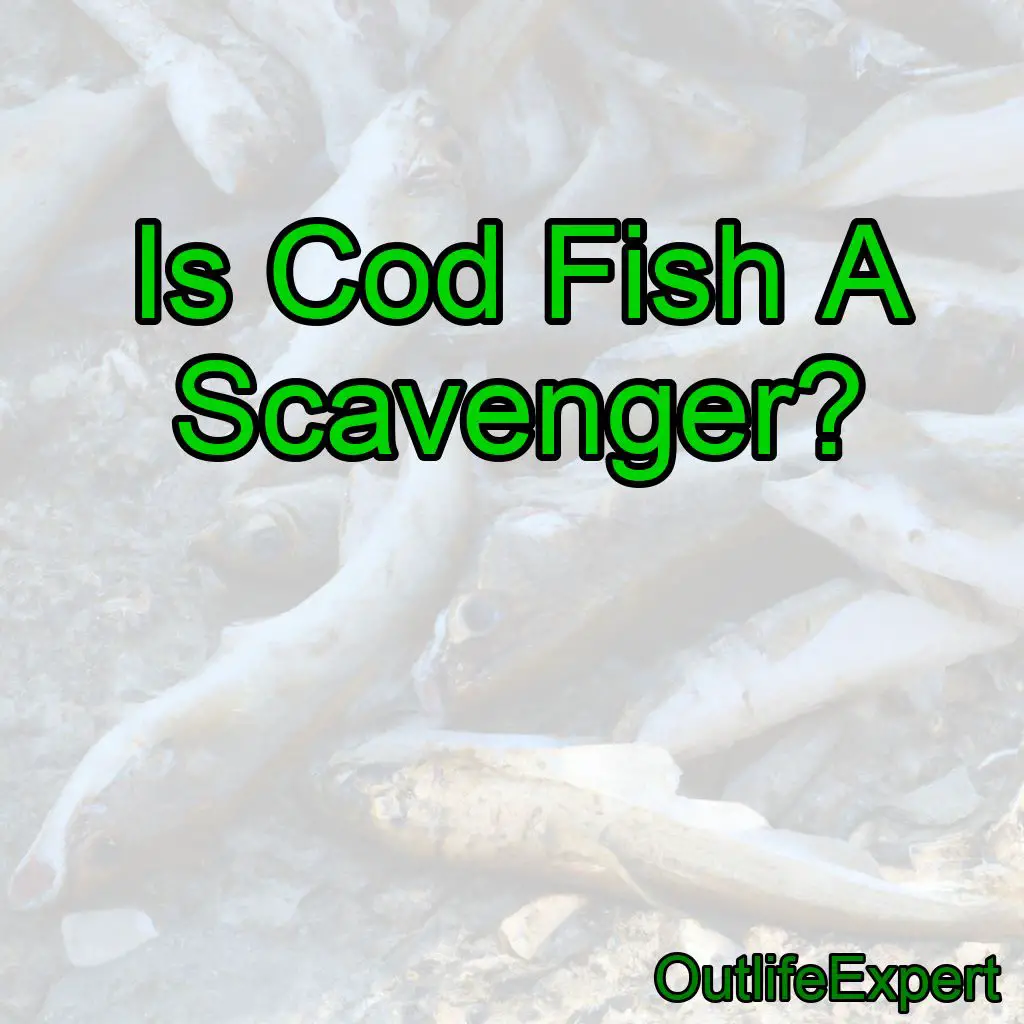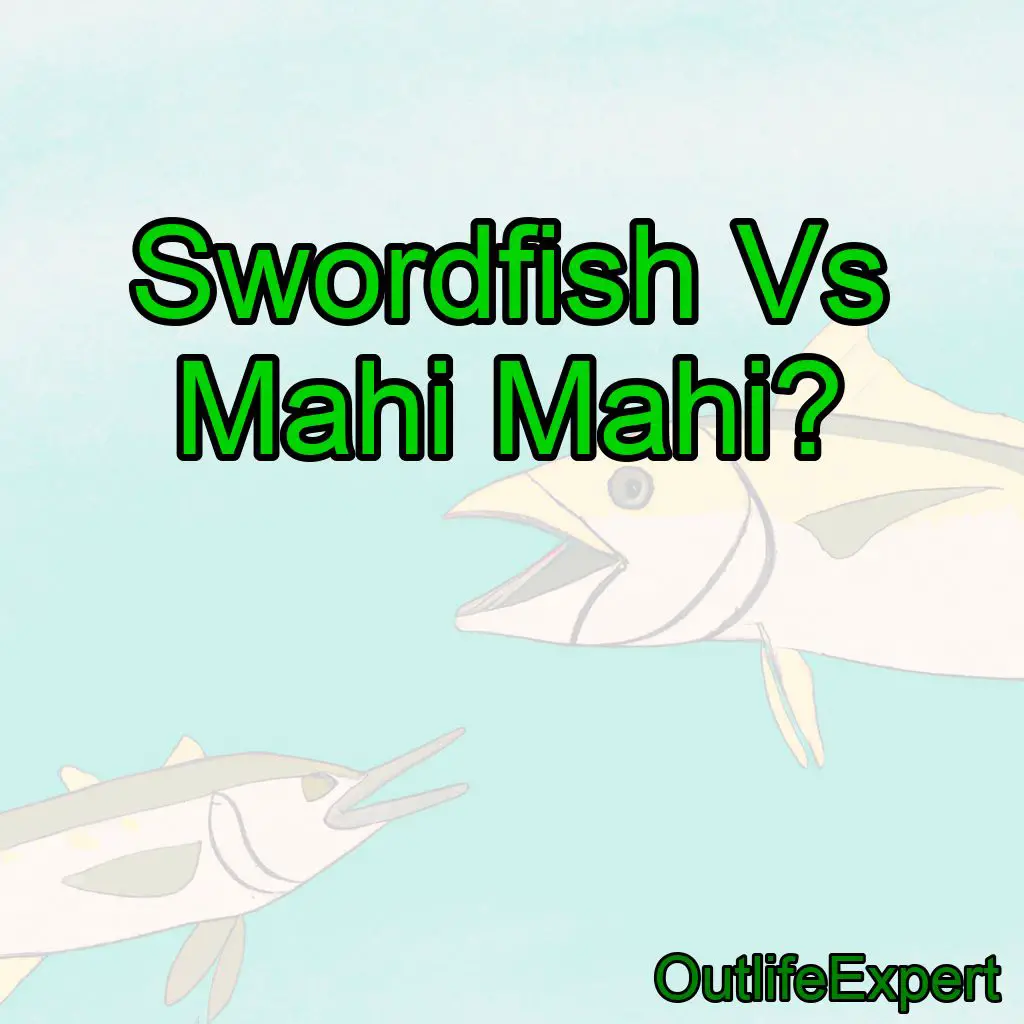Do Lobsters Eat Algae?
Yes, lobsters do eat algae. Although they are primarily carnivorous and prefer to consume fish, mollusks, and other crustaceans, they have been known to eat algae and other plant material when food is scarce. In this blog post, I will share my personal experience and perspective on the dietary habits of lobsters, discussing how these…


